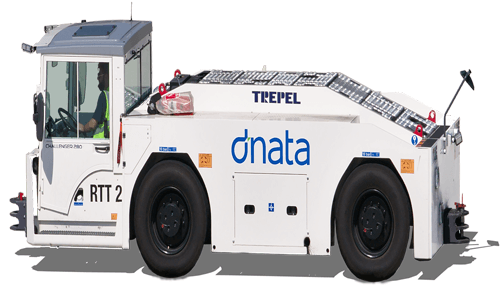Whether you are a newbie or pro in investments, working with the right firm that offers private equity investment services will yield exponential results. But before you start working with these industry experts, it is ideal that you also know the essential aspects of the business. Aside from private equity management, specialized accounting firms also offer a different kind of investment management service called Special Purpose Vehicle or SPV. As you search for special purpose vehicle concepts and applications, you might have come across the fact that this term is synonymous with a special vehicle entity.
Both concepts mean a subsidiary entity created by an original parent company with the sole purpose of isolating the financial risks. The said subsidiary entity is considered a separate and distinct entity from the parent company. This means that if the latter incurs debts and obligations that it can no longer pay, the parent company and its assets will not be affected. Because of this purpose and definition, an SPV is also often called a bankruptcy-remote entity.
How are SPVs set up?
This kind of set-up is launched into motion the moment a parent company starts creating an SPV for securitizing or isolating assets. The separate company is also kept off the parent company’s balance sheet. An SPV may also be undertaken when an entity is planning to enter into a risky project. Here, the purpose of the SPV is to spare the parent company from any severe financial risks in the event the project fails.
In some cases, SPVs are also created to securitize the company’s debts to give investors assurance that they will be repaid. In either case, the SPV’s operations are purely limited to acquiring and financing specific assets. The new company will serve as the means of isolating any related risks.
How are they formed?
Any investor can start forming an SPV as a limited liability corporation, a corporation, a trust, or a limited partnership. Basic special purpose vehicle concepts and applications suggest that SPVs can also be specifically designed for funding, management, or independent ownership. In these cases, the SPV can assist the parent company in performing significant financial transactions, isolating corporate assets, creating joint ventures, and securitizing assets.
How do they work?
As mentioned above, SPVs may not be included in the parent company’s balance sheet or financial statement as debt or equity. Instead, the SPV’s assets, equity, and liabilities will be indicated on its financial records and balance sheet.
This only means that SPVs are capable of masking and hiding crucial information from its investors that are not getting a full grasp of the said company’s present financial situation. For them to know these, they would need to analyze the parent company’s balance sheet and the financial documents of the SPV before they decide to invest or not.
Why hire SPV experts?
Given the fact that the financial situation cannot be assessed by a plain view of the company’s financial documents, you need to work with professionals who know the ins and outs of SPVs. Through their technical know-how, you can assess the value of the company and the risks associated with your possible investments.
To learn more about SPVs and possible ways to start investing through this channel, talk to an SPV expert now.



